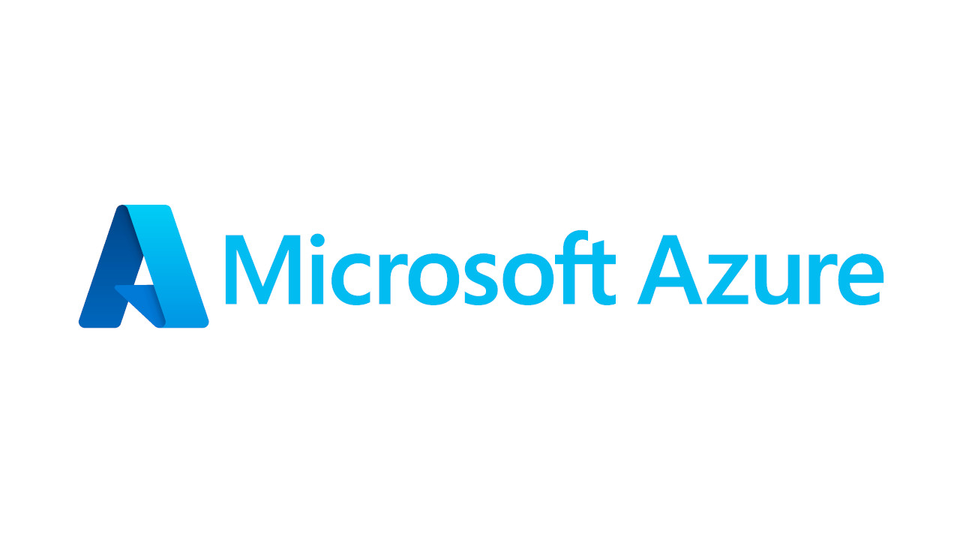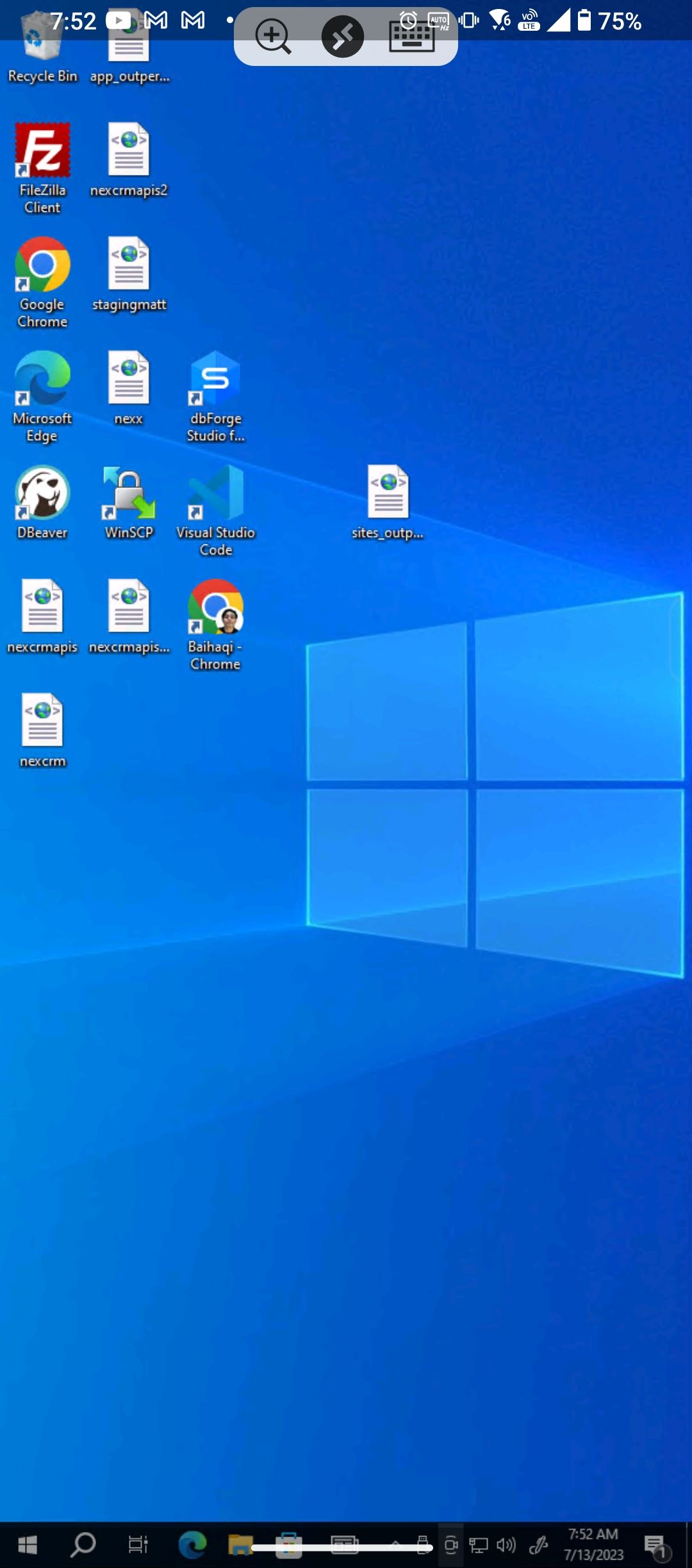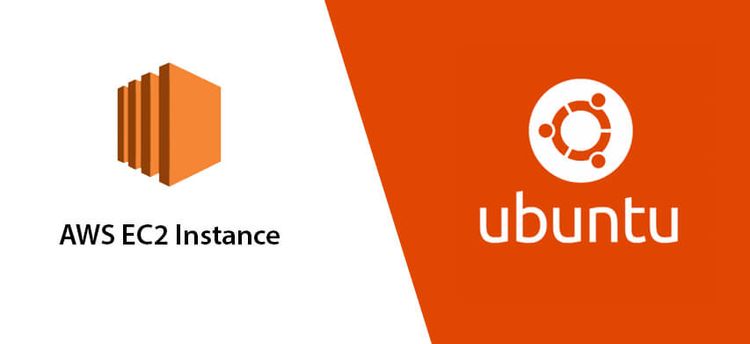Unleashing the Power of Microsoft Azure as Your Workstation

In today's rapidly evolving digital landscape, businesses and individuals are increasingly relying on cloud computing to meet their computing needs. Among the many cloud service providers available, Microsoft Azure stands out as a versatile and robust platform. While Azure is commonly known for its enterprise-grade infrastructure and scalable solutions, it also offers a wealth of advantages as a workstation for individuals and small businesses. In this blog, we will explore the benefits of using Microsoft Azure as your primary workstation and how it can enhance your productivity and efficiency.
Instead of using tools like TeamViewer or AnyDesk for remote access, utilizing Azure with Remote Desktop Connection undoubtedly provides the best experience I have had. It feels as if you are natively controlling the PC without any lag or network issues, which commonly occur with TeamViewer or AnyDesk (based on my personal experience).
Microsoft Azure Dashboard

Connecting Using Remote Desktop Connection

After connecting,

Connecting Using Remote Desktop Client on Android

So far, how has the experience been ?
Accessible Anytime, Anywhere
One of the primary advantages of utilizing Azure as your workstation is the ability to access your resources from anywhere with an internet connection. Azure's cloud-based infrastructure allows you to securely log in to your virtual machines and desktops, enabling remote work and collaboration. This flexibility means you can work on projects, access files, and use powerful software tools regardless of your physical location, increasing your productivity and enabling you to work on the go.
Challenges
For normal use, it's just plug and play. After setup, you can start using it immediately. However, it becomes more technical if your usage involves programming or anything related to IP addresses and ports that need configuration. If your work involves dealing with FTP ports or other protocols, you will need to configure the network security group for inbound and outbound rules. If not, you may be unable to use FTP ports, MySQL, and other services.

What Else ?
Making use of the public IP address of the Azure Virtual Machine
Let's say you have a web application and server running on your Azure VM. In that case, you can actually access the application from the public internet if you have configured the ports correctly on NSG(Network Security Group). For instance, if you have a Node.js server running on port 80 and a React.js application running on port 3000, you can access them using the following:
your-vm-public-ip:portfor the React.js application, for example.your-vm-public-ip:port/endpointif it is an API.
This allows you to easily interact with your applications hosted on Azure VMs using their public IP addresses and the specified ports.
Final words
Embracing Microsoft Azure as your workstation opens up a world of possibilities. Its accessibility, powerful computing resources, enhanced security, cost efficiency, seamless integration, and scalability make it a compelling choice for individuals and small businesses alike. By harnessing the capabilities of Azure, you can unlock new levels of productivity, efficiency, and innovation in your work, enabling you to stay ahead in today's digital-driven world. So, why limit yourself to traditional workstations when you can embrace the limitless potential of Microsoft Azure?


